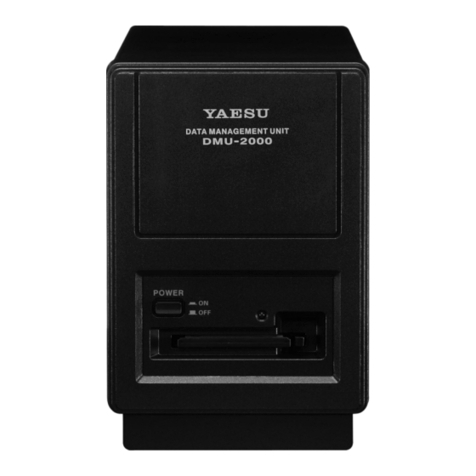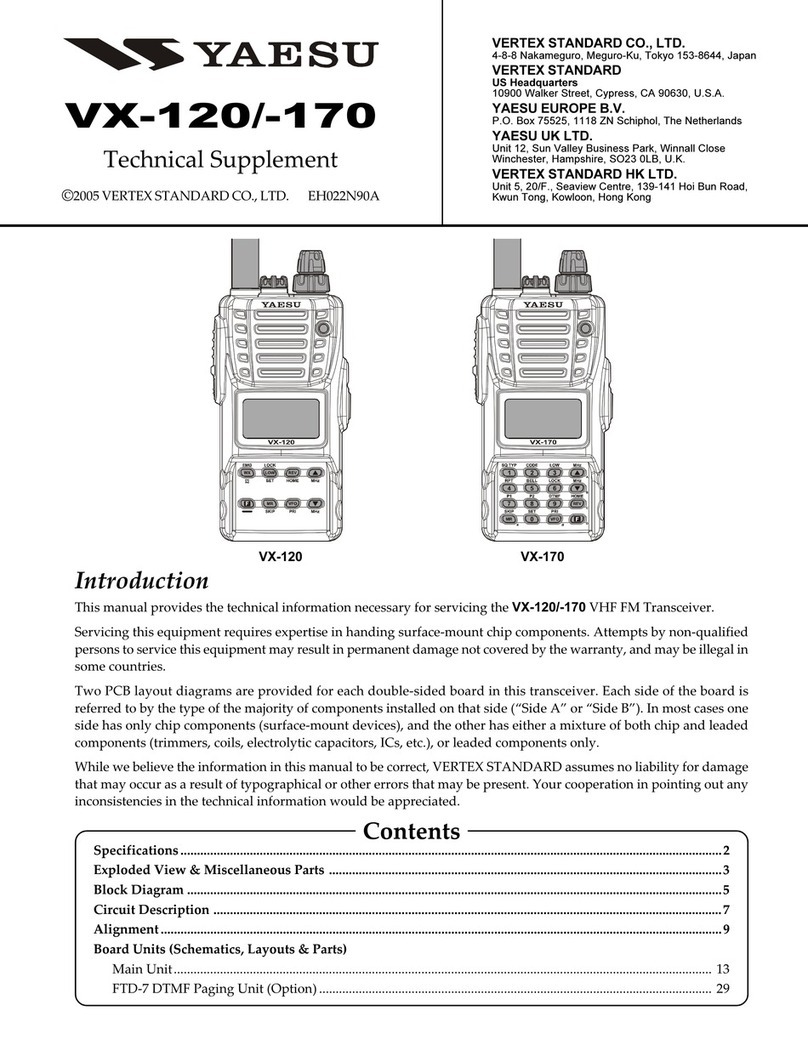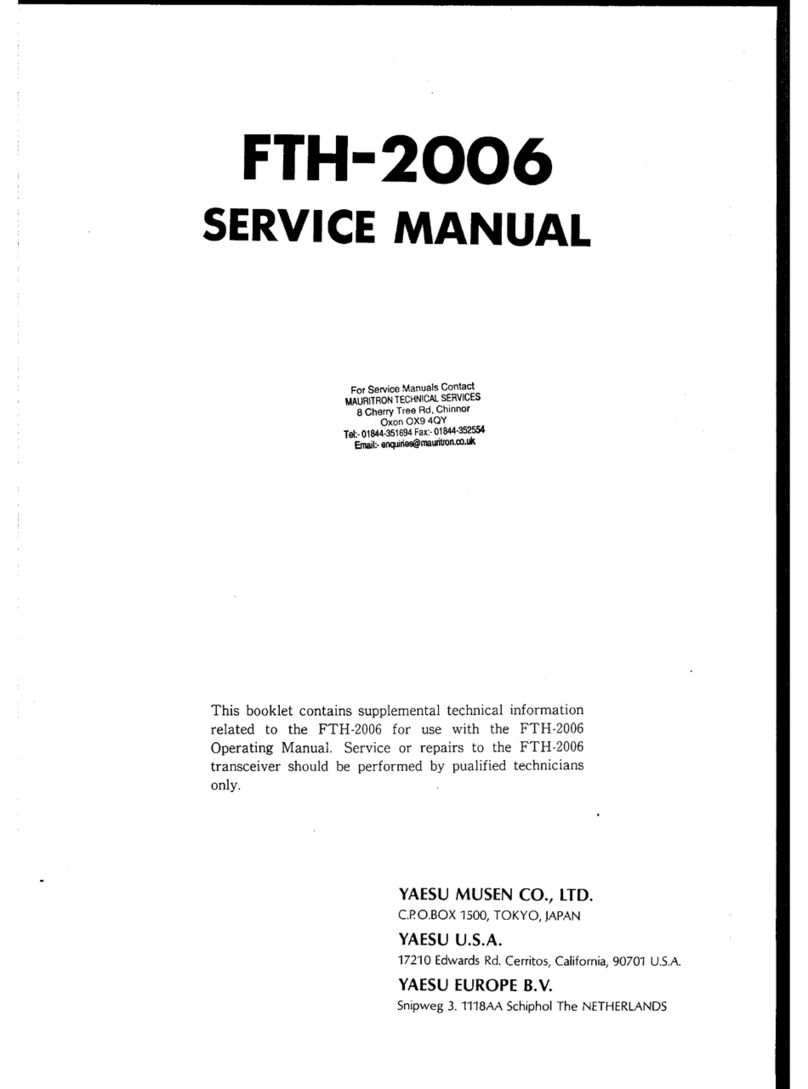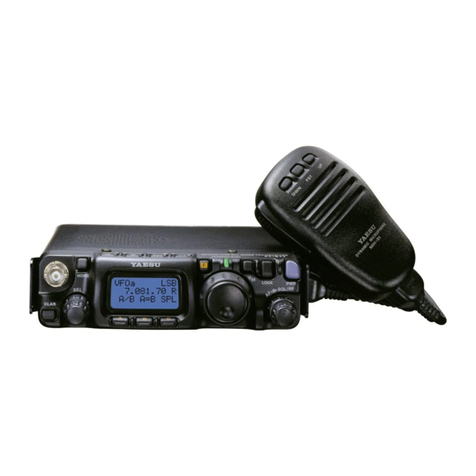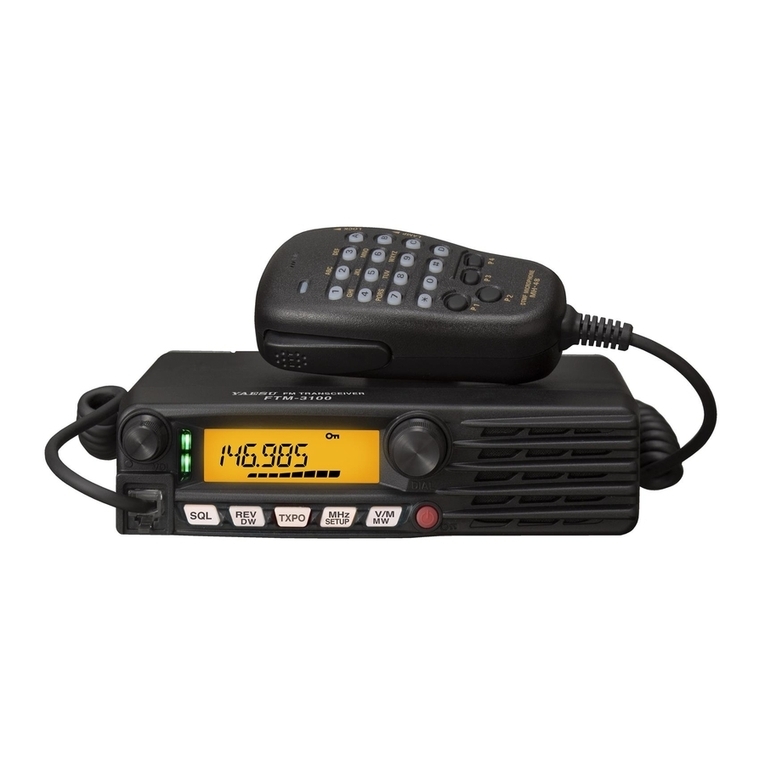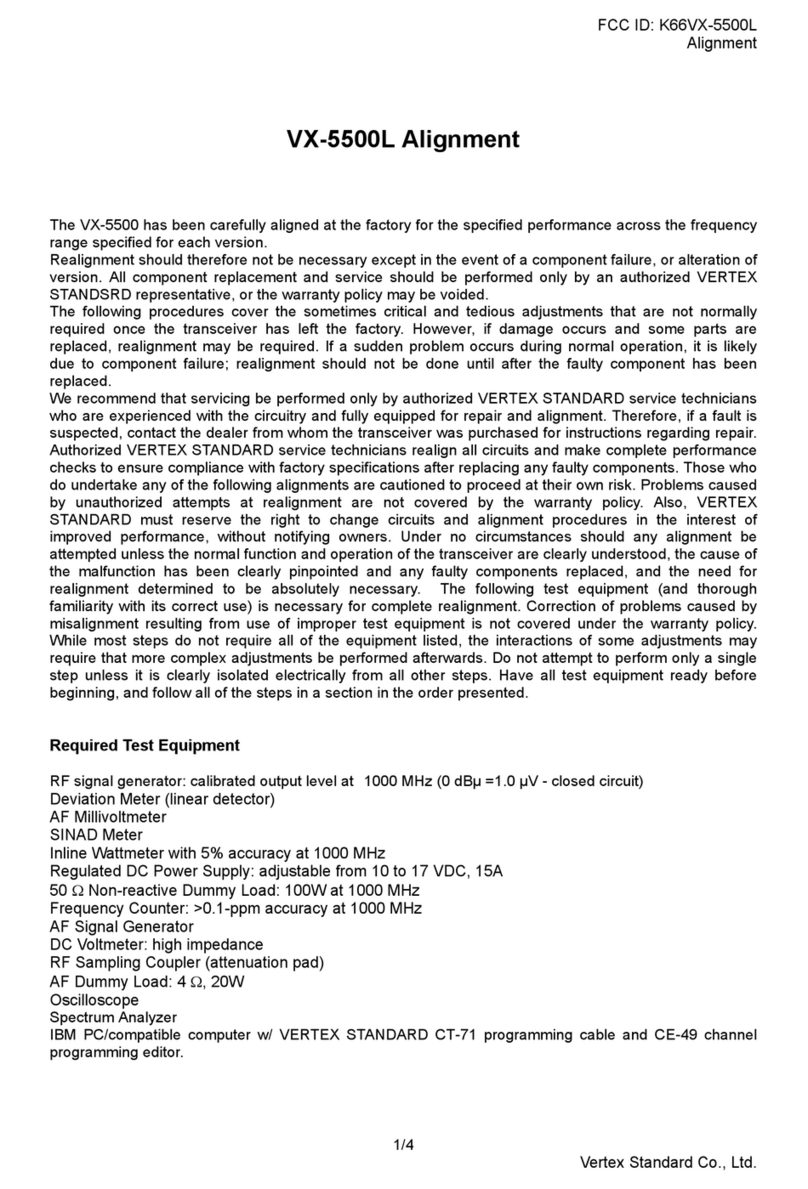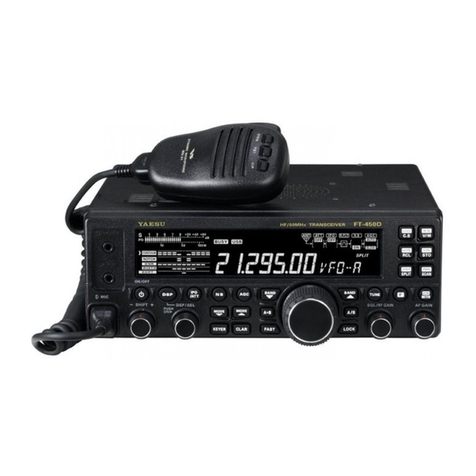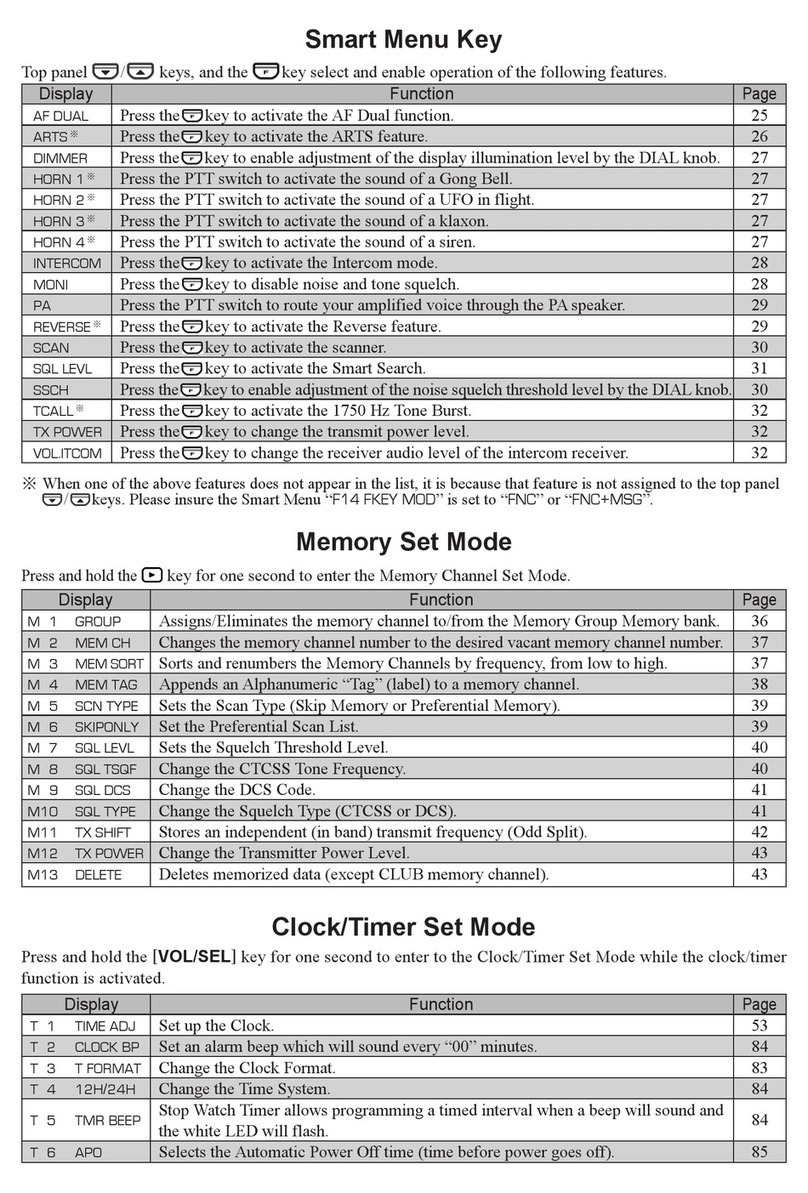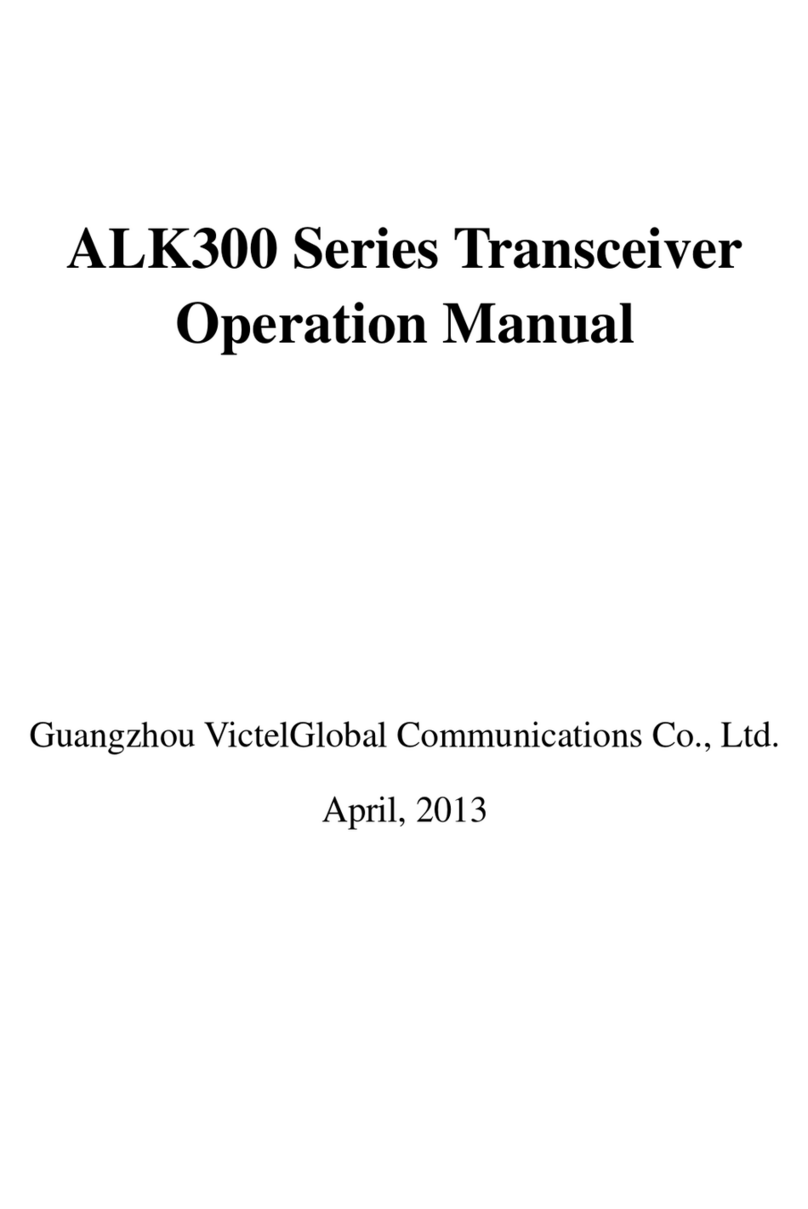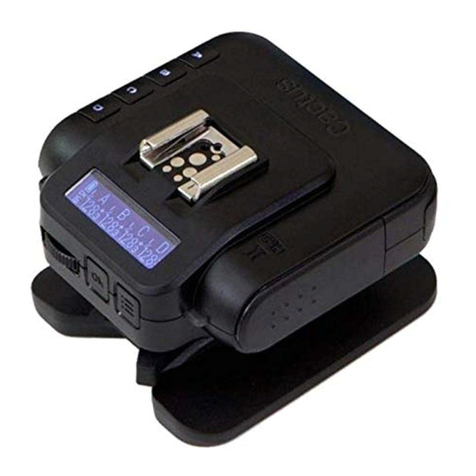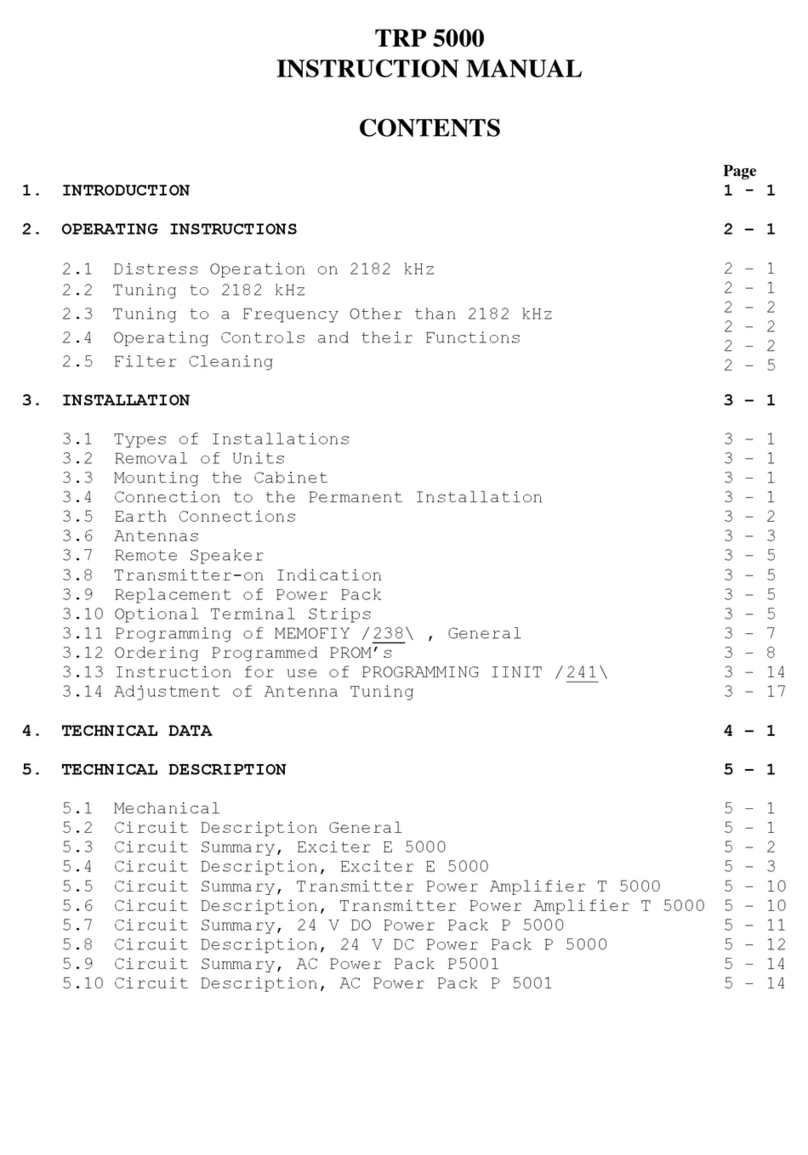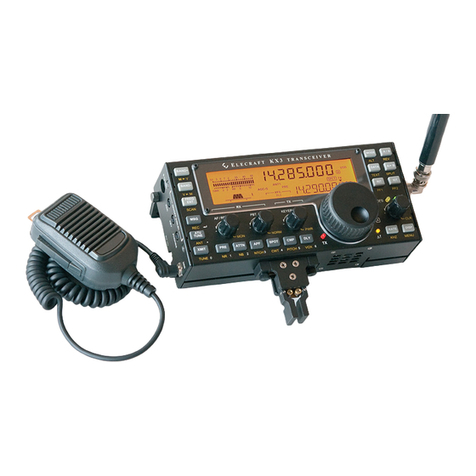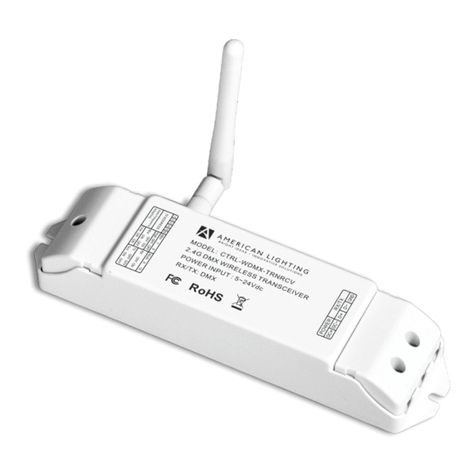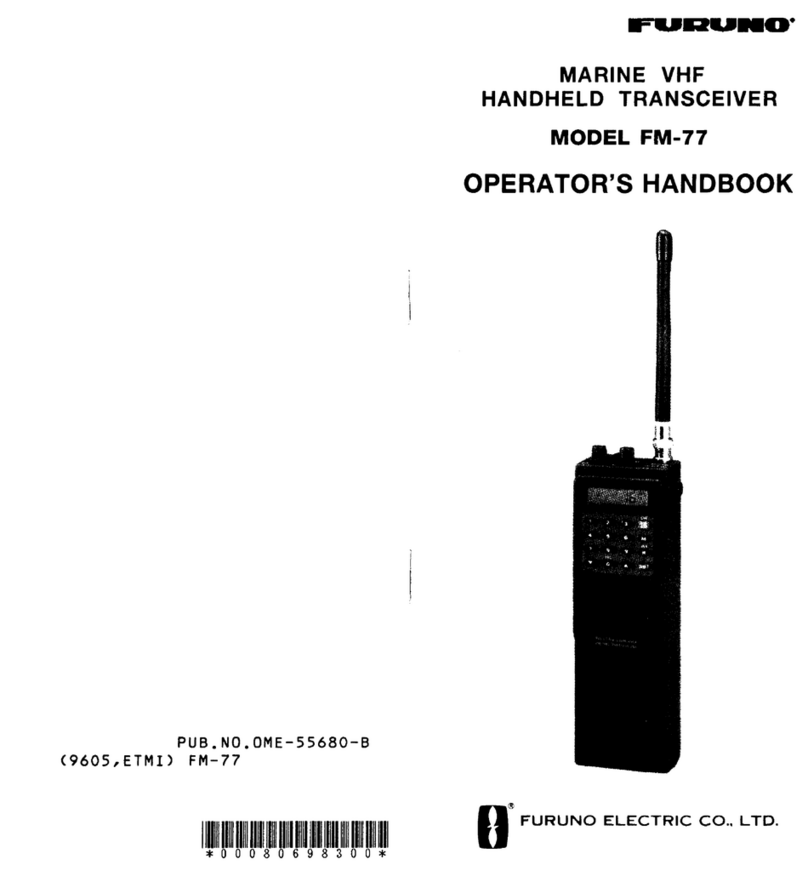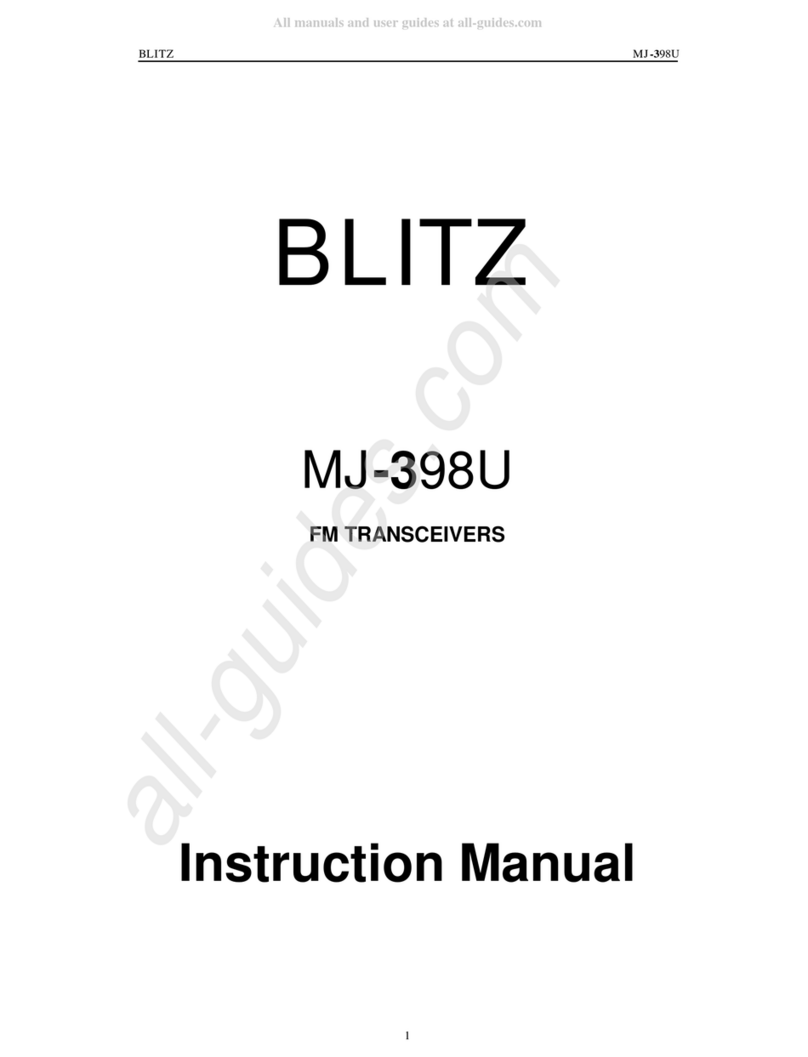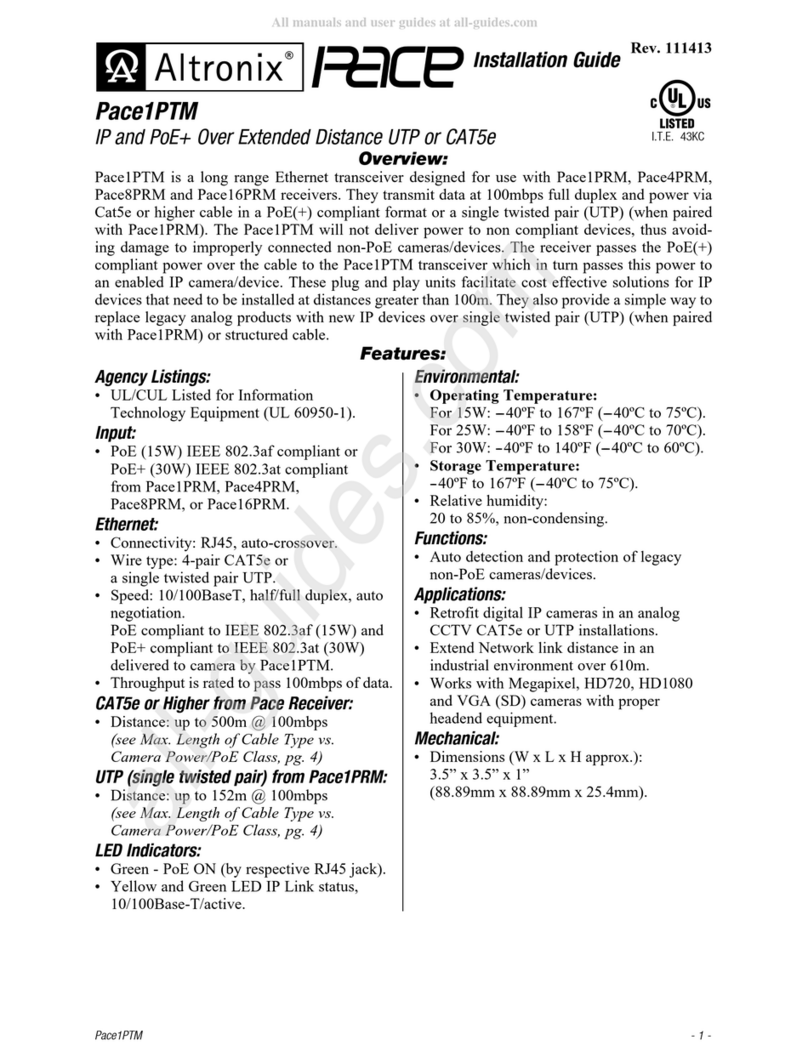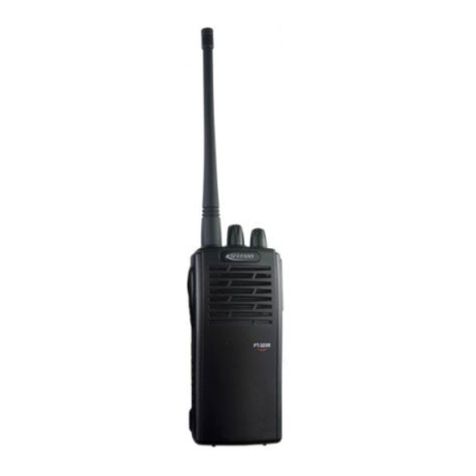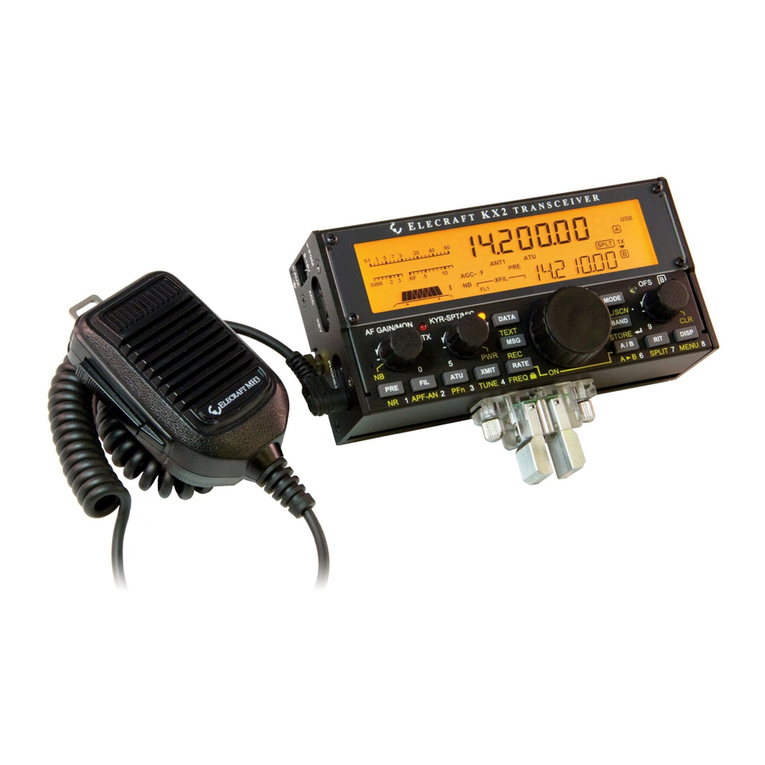
1
CAT (Computer Aided Transceiver)Operation
Overview
The CAT (Computer Aided Transceiver) System in the FT-710 transceiver provides control of frequency, VFO,
memory, and other settings such as dual-channel memories and diversity reception using an external personal
computer. This allows multiple control operations to be fully automated with single mouse clicks, or keystroke
operations on the computer keyboard.
YAESU MUSEN does not produce CAT System operating software due to the wide variety of personal computers
and operating systems in use today. However, the information provided in this chapter explains the serial data
structure and opcodes used by the CAT system. This information, along with the short programming examples,
is intended to help you start writing programs on your own. As you become more familiar with CAT operation,
you can customize programs for your operating needs and utilize the full operating potential of this system.
Using the USB Cable (CAT-1 / CAT-2)
The FT-710 transceiver has a built-in USB to Dual UART Bridge, allowing direct connection from the rear-panel
USB jack to the USB jack of a computer without the need for an interface device, simply use a USB cable to
connect to the USB jack on the computer.
To connect to a PC using a USB cable, a Virtual COM port driver must be installed on the PC.
Visit the Yaesu website http://www.yaesu.com/ to download the Virtual COM port driver and Installation Manual.
USB
USB
USB Cable
PC
FT-710
How to Conrm the Installation, and the COM Port Number
After the FT-710 and computer are connected, conrm that the virtual COM driver has been installed successfully:
1. Press and hold the ON/OFF switch to turn the transceiver ON.
2. Connect the transceiver and PC with a commercially available USB cable (A-B).
3. Open the “Device Manager” screen in Windows.
4. On the Device Manager screen, double-click “Port (COM & LPT)”.
“Silicon Labs Dual CP210x USB to UART Bridge : Enhanced COM Port (COM**)”
“Silicon Labs Dual CP210x USB to UART Bridge : Standard COM Port (COM**)”
*(The number in the “(COM**)” portion may vary from computer to computer.)
The above example indicates that COM5 can be used for CAT communications (CAT-1), while COM6 can
be used for TX control (PTT, CW Keying, Digital Mode Operation) or CAT communications (CAT-2).
When performing software port conguration, select the COM port numbers that were conrmed using the
procedure above.
If a “!” or “X” is displayed for the port on the Device Manager, uninstall and reinstall the virtual
COM driver.

